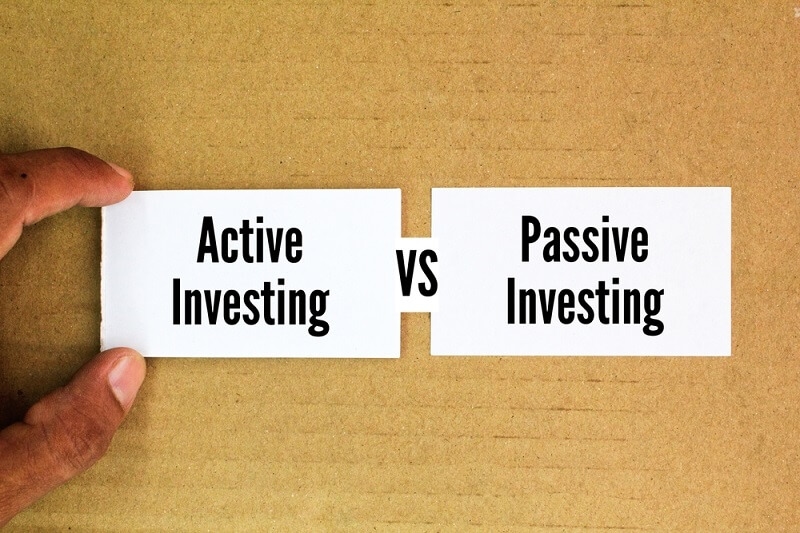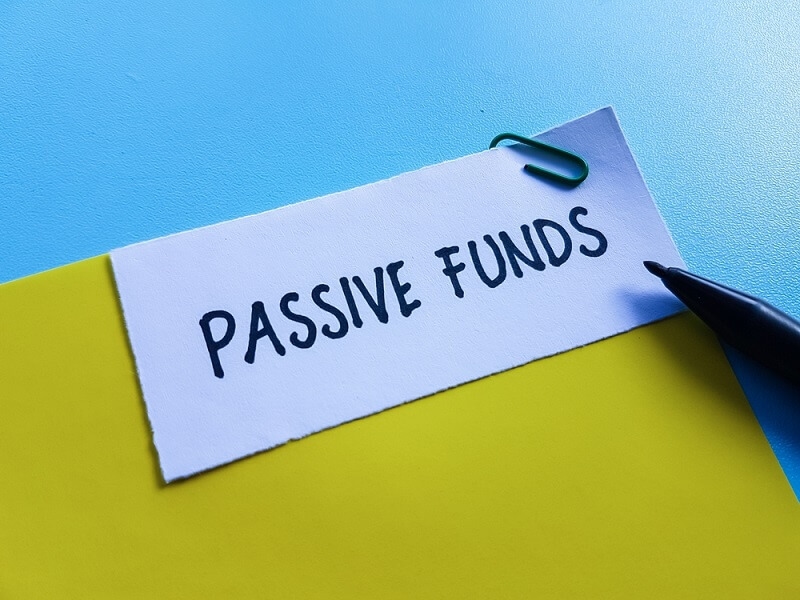
For first-time investors, investing can seem like a complicated task and, when faced with the critical decision of investing passively or actively, may seem even more difficult. Whether you are about to retire, trying to grow your wealth, or getting started with personal finance, you will want to understand what passive and active investing mean. This guide explains both strategies, provides an overview of the pros and cons of each investment strategy, and discusses options like index funds vs managed funds. We also look at how levels of investor control may influence your decision.
Let's break it down so that you choose the approach best suited to your goals, time horizon, and risk tolerance.
Passive investing strategies are designed to imitate the return of a specific market index, like the S&P 500 (or other market indices). Passive investors use index funds (or exchange-traded funds - ETFs) that try to mirror a market benchmark. Passive investments build wealth over time and require limited buying and selling.
Active investing strategies involve a do-it-yourself approach; relying on the portfolio manager and/or the individual investor to try to “beat” the market through trading, timing, and fundamentally driven decisions.
Learning about passive vs active investment strategies begins by understanding that the primary distinction is in the way the investments are managed and by whom.
The differences between passive and active investing are quite distinct in their central characteristics, resulting in each side being more suited to different types of investors. Passive investing uses a benchmark index and relies on automation with relatively little human intervention. This means minimal management activity (therefore costs) due to the computer-enabled task, which also allows for passive investing to retain a highly tax-efficient approach because it incorporates much less trading.
Active investing, however, utilizes a strategy that represents a hands-on approach where an active manager looks to beat the market through continual buying and selling of assets. Active investing is management active at the portfolio level, resulting in higher-cost arrangements because of fees relating to management activity. Although active investing can offer higher returns, it represents a greater risk tolerance and reduces tax efficiency due to frequent trades that create capital gains.
With passive investing, you're effectively going with the flow of the market, bet on its long-term growth trend. Active investors attempt to profit from short-term shifts in order to earn higher returns.
Both passive and active investment strategies have unique benefits and challenges. Here’s what to know about the pros and cons of each strategy before deciding what’s right for you.
The pros and cons of either approach depend on your investment timeline, objectives, and risk tolerance in general.
One of the most frequent dilemmas when considering passive vs active investment approaches is deciding between index funds vs managed funds.
Index funds are one of the mainstays of passive investing. They try to match the performance of a particular index by owning all (or a representative subset) of the securities in the index.
Key Features:
Managed funds (mutual funds or separately managed accounts) come with a team of experts choosing investments with the intention of beating a benchmark index.
Key Features:

There are several differences when comparing index funds (passive) and managed funds (active). First of all, index funds tend to be low in fees because instead of actively trading, the fund merely seeks to replicate the performance of a market index. Consequently, the performance of the fund is going to be similar to the index, and so account holders should be aware of the amount of risk they are taking, which is also highly predictable due to the associated market risk of the index.
Further, there is a high level of transparency in that the account holders can always see the underlying assets that a fund holds. Index funds are developed for long-term investors with a low-risk profile who do not want to do active research, so that they can keep to their longer-term investment strategy. Managed funds, on the other hand, have higher fees due to the management fee and the research that they conduct.
A managed fund's performance can exceed, lag, or track an index per the manager's discretion, making exposure to risks quite different from an index fund. The risk can be very closely linked to the talent/skill of the manager, and again, transparency could be a factor as well. Managed funds typically require an aggressive investor who has research potential and the drive to outperform the market with active strategies.
If you have a beginner mindset or a longer time frame to invest in the market, index funds might be appropriate for you. Conversely, if you feel confident in subject matter expertise or an advisor you have confidence in, managed funds might offer more tailored opportunities.
A clear difference in investor control can be noted when comparing passive strategies versus active strategies.
Active participation: You or your manager will have control of many things, such as what to purchase or sell, triggers for rebalancing of your portfolio, and rules for reacting to movement in the marketplace.
Understanding your preferred investor control levels can guide you to the right strategy and save you from frustration later.
Passive investing is especially appropriate for retirement accounts, IRAs, or 401(k)s, with time and tax efficiency on your side.
Active strategies may be more suitable if:
This method is prevalent in hedge funds, sector portfolios, or when trying to gain exposure to specific markets or trends.
Most investors are successful with a blend of passive versus active investment strategies, resulting in unique and dynamic portfolio options.
This "core-satellite strategy" allows you to keep and get the benefits of passive investing, yet also seek out above-average returns through active investments.
In the last 20 years, various studies show that, in general, most actively managed funds do not outperform their respective index benchmarks, after fees.
If you're in a high tax bracket or investing in a taxable account, tax efficiency is something you need to consider as a key part of your decision-making process.
Selecting passive vs active investment approaches isn't about selecting a "winner." It's about matching your investments to your goals, means, and risk tolerance.
Comprehending the distinction between active and passive investing, comparing advantages and disadvantages of each approach, and examining alternatives such as index funds vs managed funds will enable you to make a sound decision. Above all, be aware of your tolerance level with investor control levels and manage accordingly.
This content was created by AI